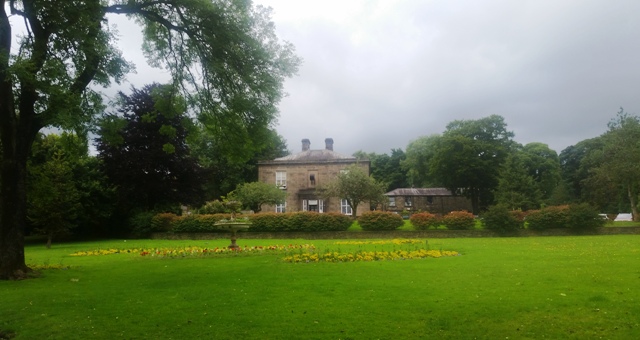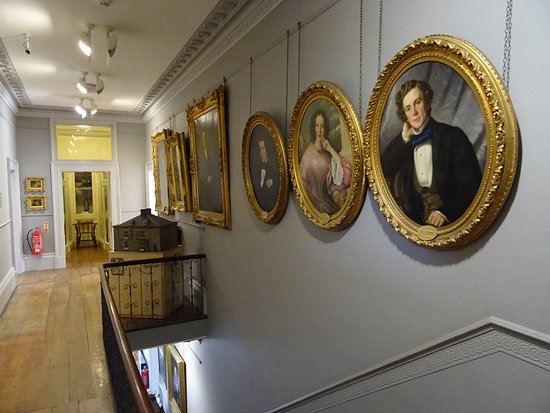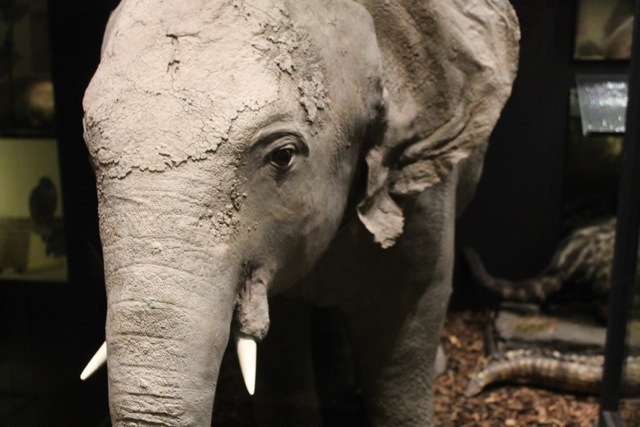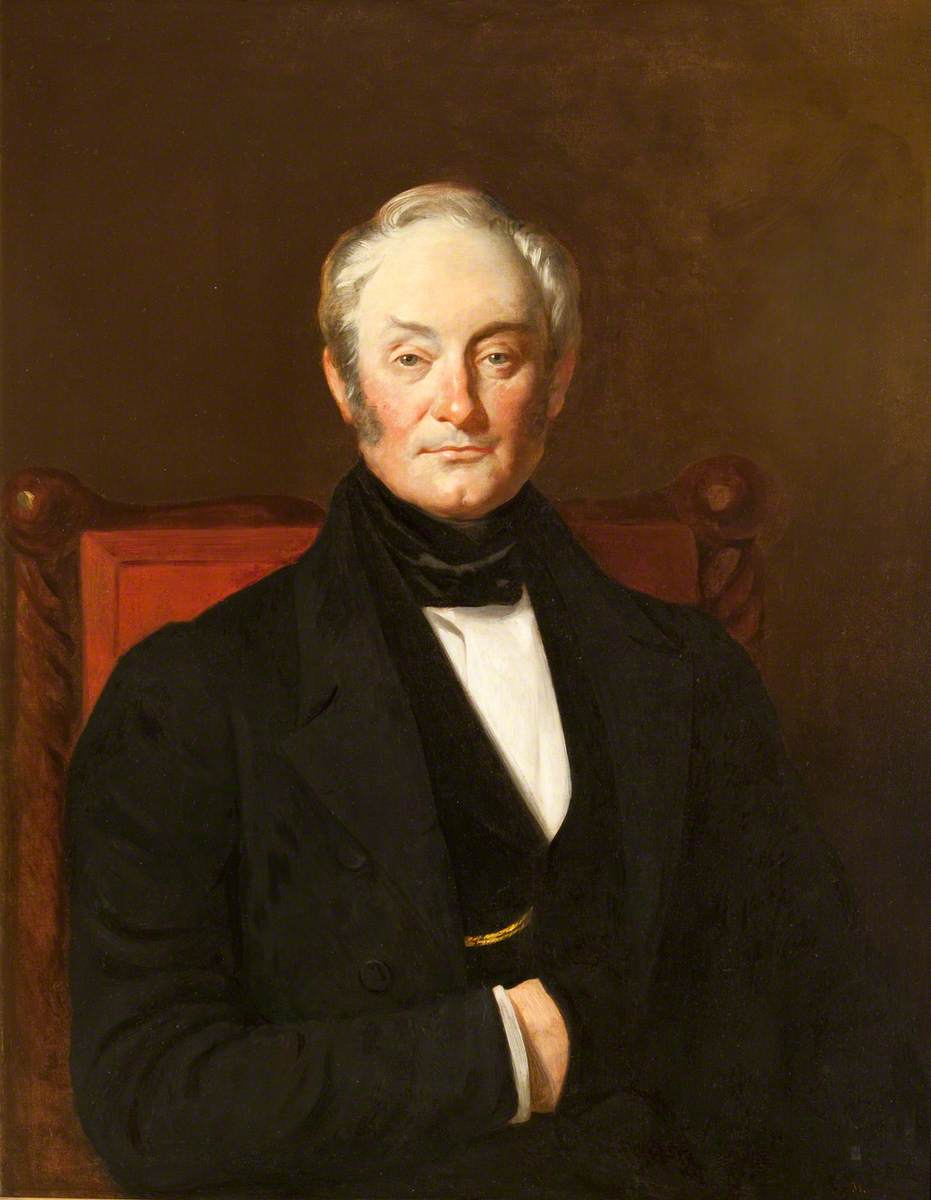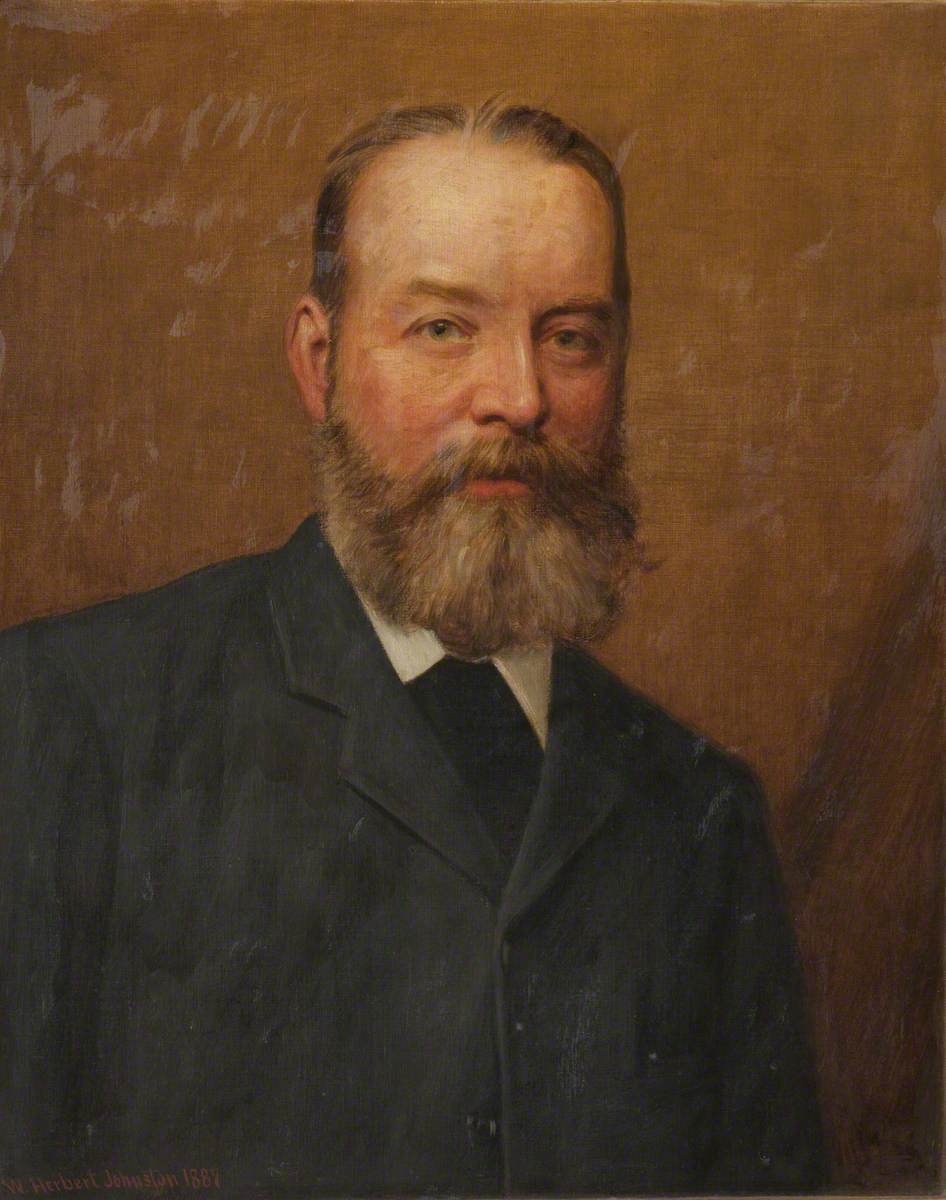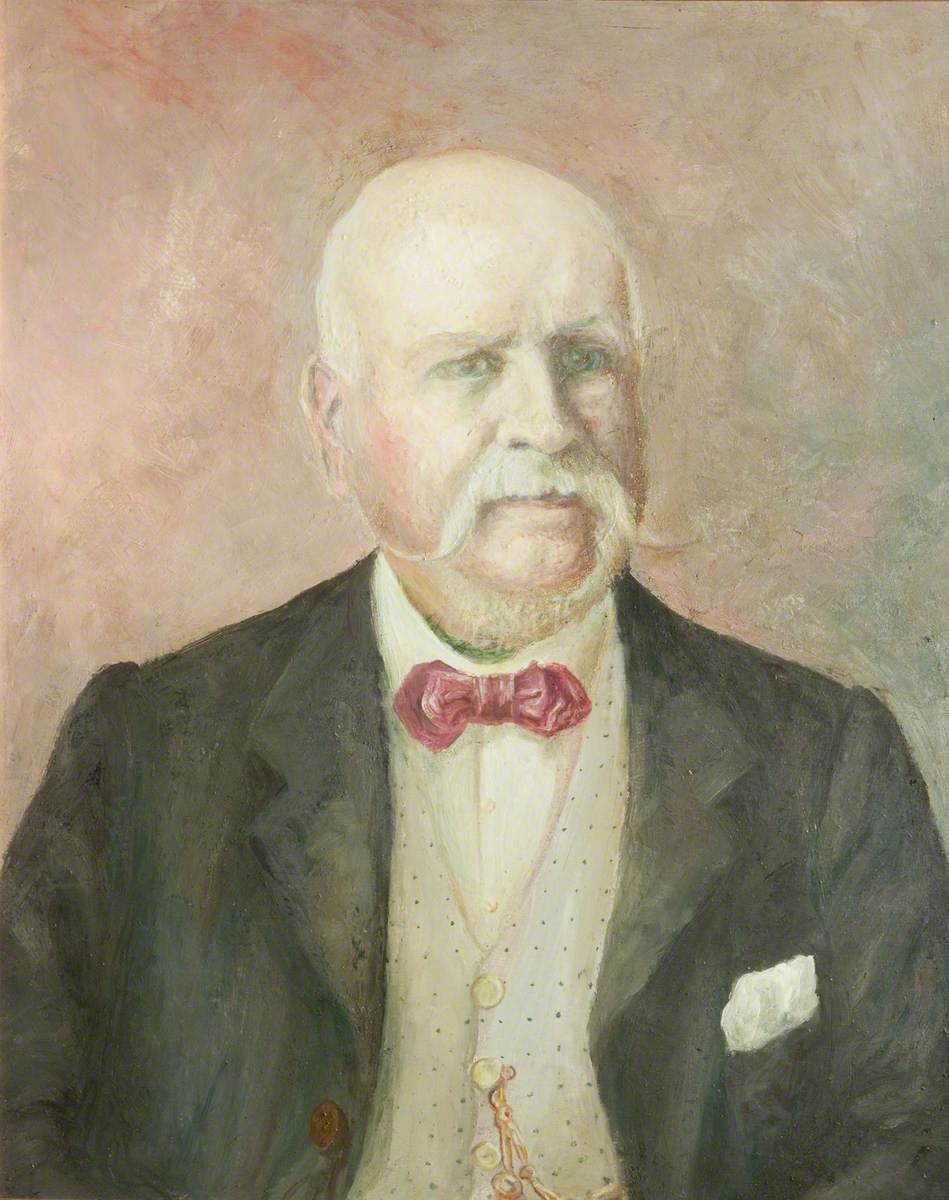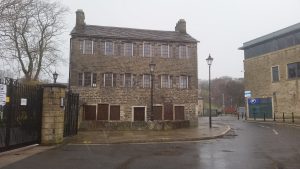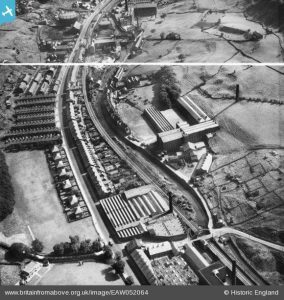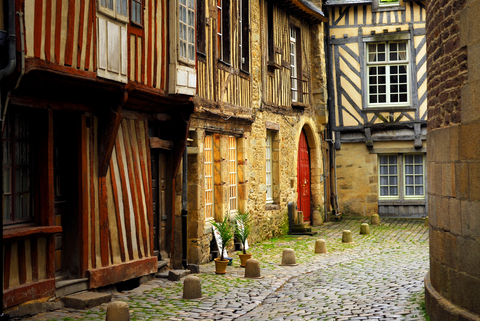
The Cobbled Road
The main material used for hard standing areas e.g. court yards, paths and road ways, for millennia were cobble stones. The humble cobble stone was kicked to the curb, as cheaper materials became more available.“Cobbles describes the smoother, more rounded stones that were fashioned by natural erosion or running water and were used uncut, as found” Robin Russell Director of Corbel Conservation Ltd.
 The common misconception is that a sett are a form of cobbled road. Setts are commonly found were you have steeper streets, this is to help houses to climb the road ways easier.
A sett is a smooth quarried stone that is cut to shape. In this article Cobbles with refer to both setts and cobbles.
Popularity rose for smoother roadways the cobbled streets were removed or covered.
Viewed as inadequate to cope with modern life styles.
The knowledge of laying cobbled path and roadways disappeared when they were covered. This skill is largely lost with many other techniques.
The common misconception is that a sett are a form of cobbled road. Setts are commonly found were you have steeper streets, this is to help houses to climb the road ways easier.
A sett is a smooth quarried stone that is cut to shape. In this article Cobbles with refer to both setts and cobbles.
Popularity rose for smoother roadways the cobbled streets were removed or covered.
Viewed as inadequate to cope with modern life styles.
The knowledge of laying cobbled path and roadways disappeared when they were covered. This skill is largely lost with many other techniques.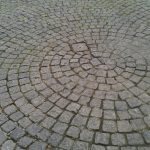 Conservation is now more popular. The cobbled stone areas that have survived today are viewed by many as precious, and beneficial so safety on busy streets. the sound of an approaching vehicle can be heard louder on the cobbled streets, letting pedestrians know a vehicle is approaching.
But with revealing this material unearths the problems of keeping them maintained.
Conservation is now more popular. The cobbled stone areas that have survived today are viewed by many as precious, and beneficial so safety on busy streets. the sound of an approaching vehicle can be heard louder on the cobbled streets, letting pedestrians know a vehicle is approaching.
But with revealing this material unearths the problems of keeping them maintained.
Maintenance of Cobbled areas
Taking care of our historic gems is very important as many have fallen into disrepair and resulted in damage. When undertaking repair work on the cobbles you need to use the right materials. Both for the cobbles and the bedding; this is so that you can preserve as much of the original area as possible.Note – Do not remove more then what is necessary, the goal is to keep the path looking original as much as possible. It is beneficial to taking notes, sketches and photographs before the work commences, this will limit damage.
Our goal is to use as much of the original stone and bedding as possible, with repairing in mind instead of replacement.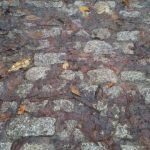 Any alterations and additions made should be reversible and case little to no harm to the original.
It is also advisable to document the process of the repair work, as a reference for future reflection. This will aid others who will continue the conservation work you conducted.
The appearance of the repair work should be almost invisible. Modern repairs once aged can add character and appeal in the same way as the historic stone.
Any alterations and additions made should be reversible and case little to no harm to the original.
It is also advisable to document the process of the repair work, as a reference for future reflection. This will aid others who will continue the conservation work you conducted.
The appearance of the repair work should be almost invisible. Modern repairs once aged can add character and appeal in the same way as the historic stone.
Further information:
If you require a specialist to conduct cobble repairs we are happy to help you with consulting on your project. Training course are available on our courses page. Building Conservation



